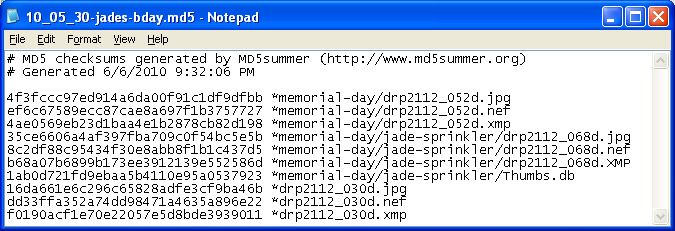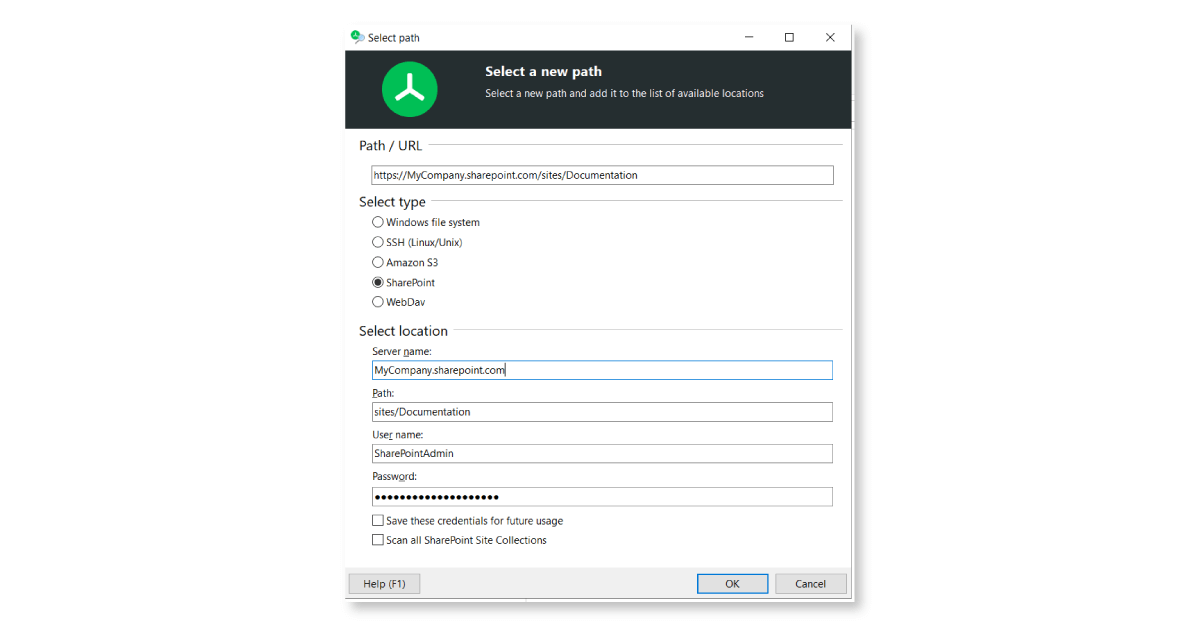

- Bash duplicate md5 finder how to#
- Bash duplicate md5 finder install#
- Bash duplicate md5 finder upgrade#
- Bash duplicate md5 finder password#
Bash duplicate md5 finder password#
Inside of the entry, an attribute defines a password which must be provided during the request. The DN (distinguished name) of the entry functions as a username for the authentication. A simple bind uses an entry within the LDAP server to authenticate the request. The second method of authenticating to an LDAP server is with a simple bind. Since we didn’t provide query parameters, this is expected, but it does show us that our anonymous bind was accepted by the server. This says that the tool didn’t find what we searched for. Output for ldapsearch with an anonymous bind # extended LDIF If you type that in without providing additional arguments, you should get something like this: ldapsearch -H ldap:// server_domain_or_IP -x.Combined with the server specification, this will look something like this: The OpenLDAP tools assume SASL authentication (we’ll discuss this momentarily) by default, so to allow an anonymous bind, we must give the -x argument. If you are using an anonymous bind, these operations will be available to you. LDAP servers can categorize certain operations as accessible to anyone (typically, by default, the public-facing DIT is configured as read-only for anonymous users).

This is pretty much the absence of authentication. The most generic type of authentication that a client can use is an “anonymous” bind. There are three separate types of authentication that LDAP understands. This works by using an LDAP mechanism called “binding”, which is basically just a term for associating your request with a known security entity. LDAP requires that clients identify themselves so that the server can determine the level of access to grant requests. However, if you changed the socket-file location within the LDAP server configuration, you will need to specify the new socket location as part of the address. Since the ldapi scheme requires a local connection, we never will have to specify a server name here. This is more secure and necessary for some administration tasks: To connect to an LDAP directory on the server you are querying from over Linux IPC (interprocess communication), you can use the ldapi:// protocol. If you are using a non-standard port, you’ll need to add that onto the end with a colon and the port number. These protocols assume the default port ( 389 for conventional LDAP and 636 for LDAP over SSL). ldapsearch -H ldaps:// server_domain_or_IP.
Bash duplicate md5 finder upgrade#
The OpenLDAP project recommends using a STARTTLS upgrade on the normal LDAP port instead. If you are using LDAP over SSL to connect to your LDAP server, you will instead want to use the ldaps:// scheme (note that this is a deprecated method. If you are communicating with a local server, you can leave off the server domain name or IP address (you still need to specify the scheme).
Bash duplicate md5 finder install#
Update your local package index and install by typing: On an Ubuntu or Debian system, you can install these tools through the apt repositories. The prerequisites above assume that you already have access to an LDAP system, but you may not already have the OpenLDAP tools discussed in this guide installed. This guide can be used to get more familiar with these topics. You should be familiar with the basic terminology used when working with an LDAP directory service.


Bash duplicate md5 finder how to#
You can learn how to set up an OpenLDAP server here. To get started, you should have access to a system with OpenLDAP installed and configured. In this guide, we will be demonstrating how to use the LDAP tools developed by the OpenLDAP team to interact with an LDAP directory server. LDAP systems can seem difficult to manage if you do not have a good grasp on the tools available and the information and methods that LDAP requires.


 0 kommentar(er)
0 kommentar(er)
